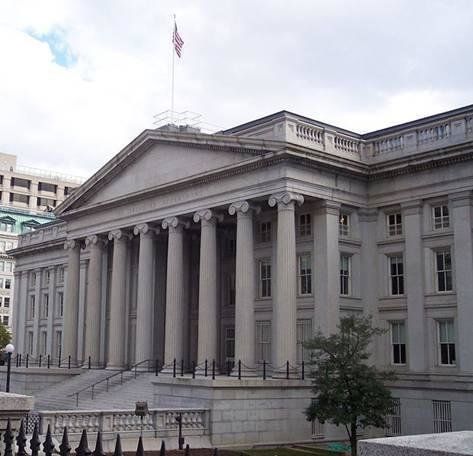
The obvious problem with the all-carrots-no-sticks approach to the bank bailout is that it's done a lot to strip risk and consequence out of the financial system. Having failed to dole out real pain to those who nearly decimated the economy (and I remind you that $150-million penalties levied against banks that pay out failed CEOs to the tune of $83 million is the going rate of "real pain"), the circumstances which exist now are such that the big banks know that if they recklessly steer themselves off the rails again, the federal government will rush in to save them.
But what gets little attention, comparatively, is the fact that bank lobbying (of the sort that's going at the Consumer Financial Protection Agency with hammer and tongs) does little more than intensify and perpetuate this cycle of "moral hazard." Over at the Washington Independent, Megan Carpentier has a crackerjack piece, demonstrating that "the most dangerous effect all this lobbying has had is on banks' own behavior."
[James] Pethokoukis notes that a recent IMF report shows that lobbying also produces behavior in line with banks operating under a moral hazard:
The International Monetary Fund recently found that banks that invested more to influence policy over the past decade were more likely to take more securitization risks, have larger loan defaults and sharper stock falls during key points of the crisis.
Which brings us back to the Troubled Asset Relief Program, sold as an extraordinary response to extraordinarily dire circumstances. That "cycle of moral hazard" Carpentier elucidates? You paid for it. When taxpayers stepped up to charitably bail out insolvent banks, what did they purchase? They didn't procure the sort of deal Warren Buffet got. They didn't buy themselves discipline, or regulation, or protection. They couldn't even purchase a "thank you." What they got was an assload of lobbyists, an engine to power the fail-to-bail cycle, and, figuratively speaking, the promise that past crises will inevitably return.
[Would you like to follow me on Twitter? Because why not? Also, please send tips to tv@huffingtonpost.com -- learn more about our media monitoring project here.]
